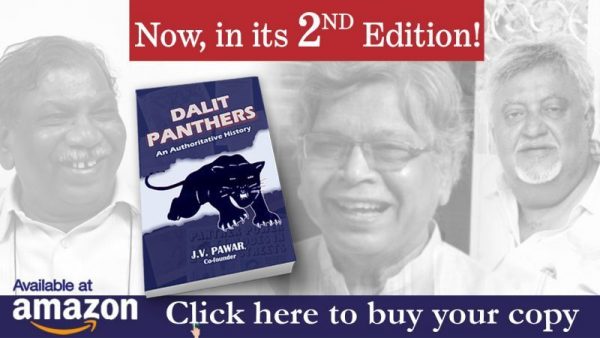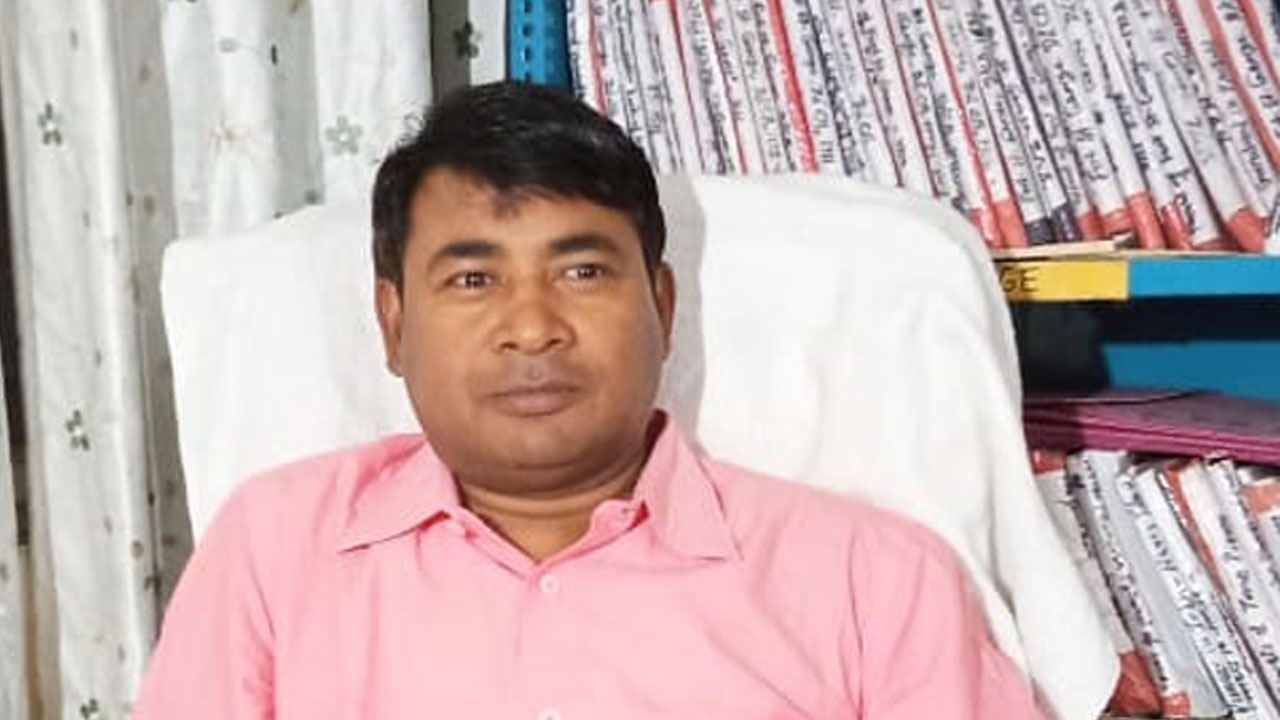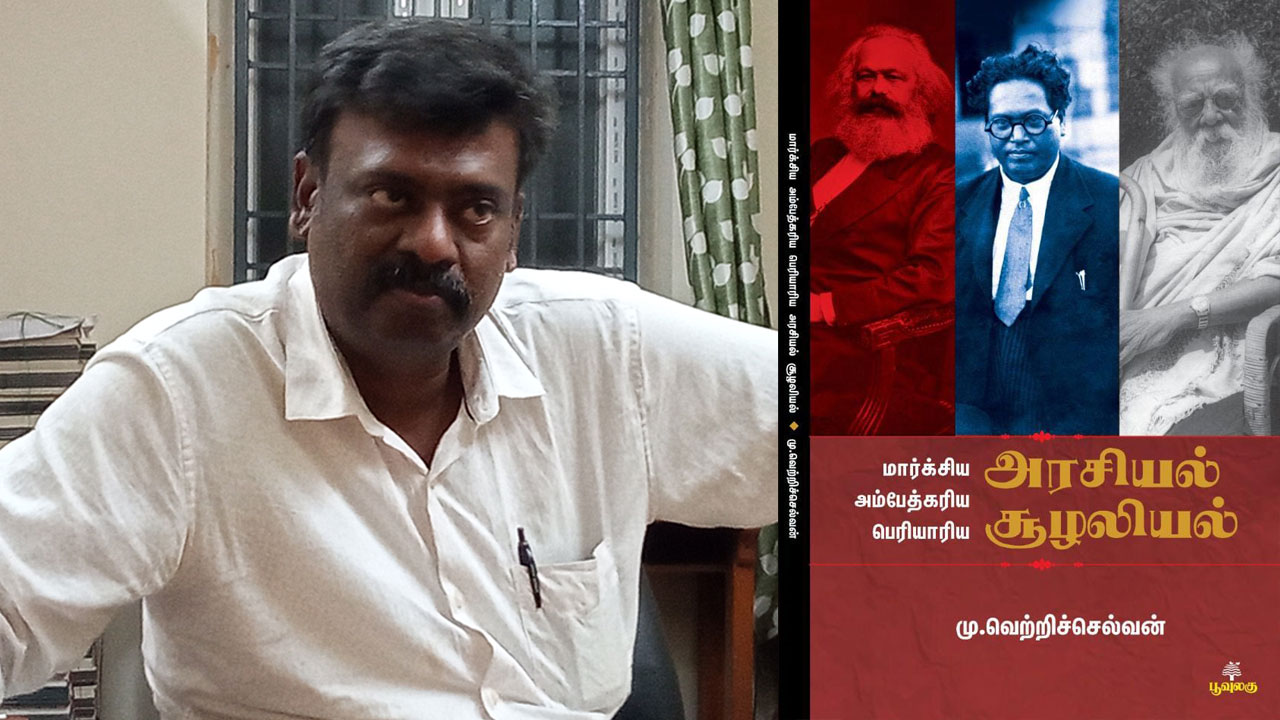KERALA’S PAST AND PRESENT THROUGH THE EYES OF A DALIT HISTORIAN
In this concluding part of an interview with FORWARD Press, P. Sanal Mohan, professor of History at Mahatma Gandhi University in Kottayam, Kerala, and author of the widely acclaimed Modernity of Slavery: Struggles Against Caste Inequality in Colonial Kerala, talks about the strong undercurrents of racism and casteism that run in Kerala society and explains the lack of social movements for Dalitbahujan unity.
Despite social upheavals, casteism and racism are still a reality in Kerala.
I think so. People tell me that I am very critical of Kerala. What I’ve found in my life is that Kerala is very much part of India in the sense that it is very racist and very caste-conscious. It may not come out in a stark form. The famous book is titled Thirteen Ways of Looking at a Black Man. In fact there are hundreds of ways of looking at a black man. The black skin spells real trouble in our society. The element of race is inbuilt. We also need to be a little cautious when we make this argument because people could say that you also find dark skin in other communities and castes. But at least when you read the histories, anthropologies and ethnographies of Kerala, there are specific social groups that are identified with the black skin. This is a fact and these are mostly the Dalit community. There is research on this but not much. I had come across a piece that a scholar from Kerala had written about – looking at the practices among Christians, the problem of the black skin. So what I want to suggest is that within Kerala society the feeling of race, based on the idea of the skin colour, actually gets inflected to the caste position.
Therefore casteism, the way we understand it, has got this other dimension, too. As you put this question to me, I am also inclined to think about the mainstream sociological writings of India, or social sciences generally. They seem to be in denial, saying that colour is not a problem and so racism does not exist. But India is one of the most racist countries in the world. Look at what happened during the lockdown in New Delhi. A young woman from Uganda accompanied her father to a hospital for treatment is attacked, her clothes are torn off and she becomes completely naked in public. A young Indian woman rescues her but at great risk. She offers clothes. I try to follow similar painful incidents reported from various parts of India. We had incidents from everywhere. In Punjab, a gentleman from Burundi doing his higher studies is beaten up but eventually his father comes and takes him back home. He is in a completely traumatised, vegetative condition. Eventually he dies. We have had several such instances in Bangalore. Therefore, India qualifies to be a highly racist country, one of the most racist countries in the world. If I tell you my story, I could be insulted for being black in Kerala or India and much less so in London. I am not saying there is no racism in the Western world there but there is less chance of myself being insulted. I have stayed in many of the English-speaking countries and also in Germany, although for short periods of time. In many of these places, with exclusively White communities, I haven’t fortunately – I cannot say it is not there because we all know it is – faced a bad situation, while I can face a bad situation right outside my home in Kottayam. The point we are yet to learn from our own experience is that people may look different but they aren’t different from us. So, this idea has not gone into the minds of the people. In fact, people from India can be wheatish or whitish– they are not the white race from Europe and America. Emigrant Indians, perhaps, feel closer to the Whites than the Blacks. Indians, including people from Kerala, have learnt their lesson the hard way when in the last ten years they faced racist attacks in various parts of the world. Look at the caste atrocities in India for centuries, yet we don’t feel for the victims. We don’t have a movement like the Black Lives Matter. Even when this movement was active, no Dalit organizations said anything – except a few online groups, mainly intellectuals, who said they needed to mobilize. But there are a number of Dalit organizations, even in Kerala and most of the Dalits would be black but it didn’t occur to them that these are issues for which they need to raise their voice supporting the oppressed. The anti-caste movements could not create an intellectual, practical situation whereby people could continue being anti-casteist and anti-racist in their everyday life. My fear is that it has been completely normalized.
Also Read: P. Sanal Mohan: Kerala’s journey to ‘modernity’ begins before Narayana Guru enters the picture
In fact, we did research on the 2018 Kerala floods when people recalled that upper-caste Hindus and Christians were not happy about being put up with the black people, who could be Dalits or Dalit Christians, in the relief camps meant for the flood-affected. I remember coming across children’s books at a friend’s place in the US. These books had a lot of stories of the American South [southern United States, known for its history of slavery and racism]. I still remember reading of a Black family that goes on a trip, in which they encounter White families and the children are introduced to each other. The ways in which children are sensitized about race and racial differences and taught to celebrate humanity is amazing. The people are taught from their childhood. In spite of this, there is violence – the George Floyd incident and several such incidents. Even after that, there was a horrible case of a black man being killed in Atlanta. In spite of all this, there is an institutional system by which they teach their children that race is a human construction and what is more important is to share humanity. This is something they consciously create through children’s literature, but I’m sure you will also agree with me when we say that in our system in Kerala or elsewhere in India, we don’t have children’s literature that tells us that this is not the way we should treat our people. I grew up in a situation in which other upper-caste children of my age would address my father or others elders from Dalit community by their first name. We used to resent this and address their fathers by their first names. Even the well-meaning, progressive and leftist people in Kerala never tell their children to respect elders from the oppressed castes. I have observed this in my life. Therefore, the central question is how are we going to deal with the question of human dignity. It is not done away with only when the knee of a police officer is on the neck of a man. There are millions of moments when human dignity is the victim, so the struggle has to be for reclaiming dignity of humans. The anti-caste movements have done that but the struggle against casteism, racism continues and we need to tell people in their childhood that they need to respect the other person as a dignified human being, which is unfortunately not happening in Kerala and India. This is how I see Kerala.

You talked about Ezhavas not being willing to join forces with the Pulayas when Narayana Guru was leading his movement. Is that the case still today? Is there still no Dalitbahujan unity?
What happened in Kerala, unlike in the other parts of India, was the OBCs became so upwardly mobile starting in the middle of the 19th century that there wasn’t a meeting ground for combined politics. If you look at how modern social classes evolved, the middle class of Kerala is a combination of upwardly mobile OBCs, upper-caste Hindus, Syrian Christians and Muslims. Because of this and the presence of social community organizations, which claim the pedigree of the early 20th-century movements, it has become difficult for these groups to come together. There are small groups for Dalitbahujan unity but I don’t see that sort of political and social mobilization happening on the ground in a big way. When Abdul Nazer Mahdani formed the People’s Democratic Party (PDP), there was some support for it from Ezhavas and Dalits especially in southern Kerala but that was still small. Therefore Dalitbahujan mobilization is not happening the way it should have been. The other reason could be that the Left parties have a substantial presence among the Dalitbahujan community even though the Bharatiya Janata Party (BJP) is now trying to woo away some sections of this community. So the formation of organizations of Dalitbahujans remains a challenge. Still there could be possibilities but the problems are different. The landlessness of Dalits and Adivasis could unite them but OBCs may not join them on this issue. Caste prejudices are still very powerful, which would make impossible the coming together in social movements. Social life may be a lot more democratized in Kerala than in many other parts of India. There is less caste violence, killing, compared to many other parts of India but coming together in social movements is something that has not happened.

Does Left party dominance work against the Dalitbahujans coming together?
Obviously, the Left parties, especially the CPI and CPI(M), would be against people coming together on the basis of this historical question of caste. They have this weird idea of class but experience is what matters as far as social life is concerned. Caste continues to be a very substantial experience. The Left has slogans that say there are no castes among them, but in everyday life, caste exists. There are numerous occasions in everyday life, like when choosing whom to marry, when caste becomes a reality. Denying it doesn’t mean that it is not there. Therefore we need to address this question and find ways of bringing people together in libertarian politics. With this present regime at the Centre and what the BJP and the Rashtriya Swayamsevak Sangh (RSS) have been doing all these decades, we definitely need all the democratic forces coming together. Therefore, addressing these questions is important but we also need to mobilize progressive forces within the Dalitbahujans and we need to have a broadly democratic coalition for democracy to prevail. That’s one of the challenges today. Unless we address the question of caste, we may not be able to form radical social movements.
How are ideologies of the parties relevant or irrelevant in the Dalitbahujan-Adivasi context?
Every political party would want to have Dalitbahujans with them, especially the Dalits. Now in fact, I looked at the so-called regional parties, parties which are quite popular in this part of Kerala, where I live now, that is Kottayam. We have the Kerala Congress ethnically dominated by Christians, mostly Catholics perhaps, some segments of Nairs and some Ezhavas. But it is predominantly Catholic Syrian Christian. They do have Dalit organizations that are part of them. I don’t know what these guys are there for. They have feeder organizations. They all use this word Dalit now but we don’t know what for. Maybe they give some positions to these people here and there. But I am not against them being there because everyone has the right to be part of whatever political formation they want to be. What I wanted to say is that all these parties, including the Muslim parties, would like to have Dalits with them. And of course the Hindutva forces, too. So it’s a big ideological question for Dalit communities, Dalit movements, independent Dalit organizations, etc – how they are form a politics amid all this? In the last less than 10 years, we have had a very interesting organization in Kottayam, which is called CSDS – Cherama Sambava Development Society. They have thousands of people in the organization. It’s a community organization of Pulayas and Parayas – or Cheramas or Sambavas, the reformist names of Pulayas and Parayas. These organizations have been there for the last ten years and they have become quite a big presence in Kerala especially in the south where there have been a substantial number of Pulayas and Parayas historically. They are in a position to bargain with the political parties. It is interesting to see how quite a number of independent Dalit parties and formations like CSDS are there. They all compete in the political arena. Of course, they are contributing to democratization in a way but then we are not on a sure footing to say what is going to come out of this. One thing is certain, though: people are very much aware of the politics that is evolving and they also know about the neoliberal development situation and what they have been facing since the 1990s. We live at a time when quite a number of interesting things are happening in politics.

Adivasis are still on the sidelines, aren’t they?
You are correct. At least from the late 1990s onwards Dalits and Adivasis have come together, especially on the question of land. Therefore, there has been a lot of mobilization taking place. Beginning in the 2000s until now, there has been a lot of mobilization for land in Kerala and these have been spearheaded by Adivasis and Dalits. Therefore, now, Adivasis are very much in the forefront of these struggles. Also, a lot of individuals and groups have become quite vocal, so the situation now is very different from what it used to be in the 1990s. Now, if you compare the 1990s and 2000s, Adivasis, land, education and other issues are becoming extremely significant. Now, we also have quite a number of young people from the Adivasi community who are educated and are becoming quite active in politics. I know some people in Wayanad and in other places. These are people who have done their MPhil, PhD from within Kerala as well as from outside but they are part of smaller groups doing some interesting intellectual work as well, so that has made the situation quite different from what it used to be in the 1990s and earlier. If all of them could come together on a democratic platform – which is asking for the moon at the moment, but it is not impossible. It can happen.






